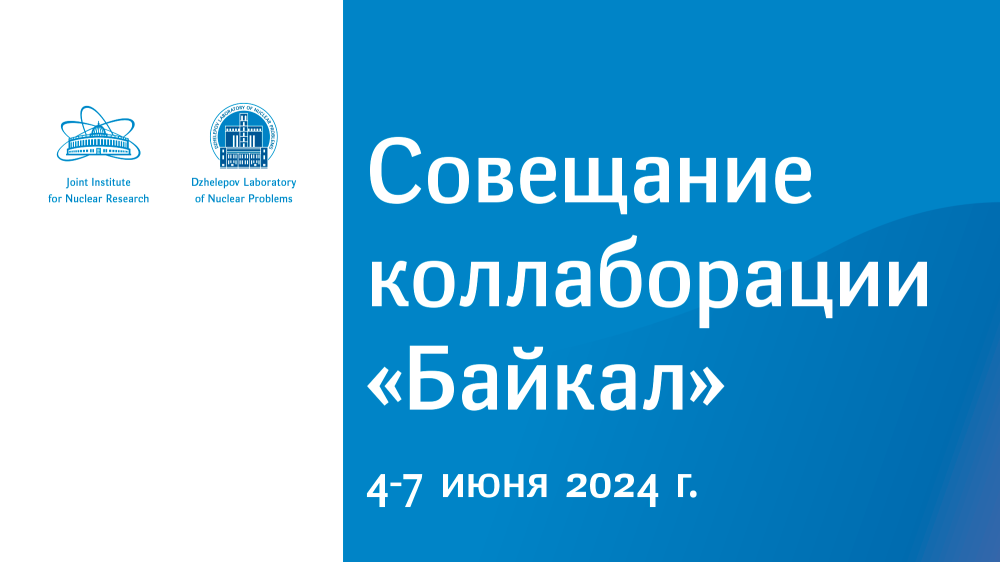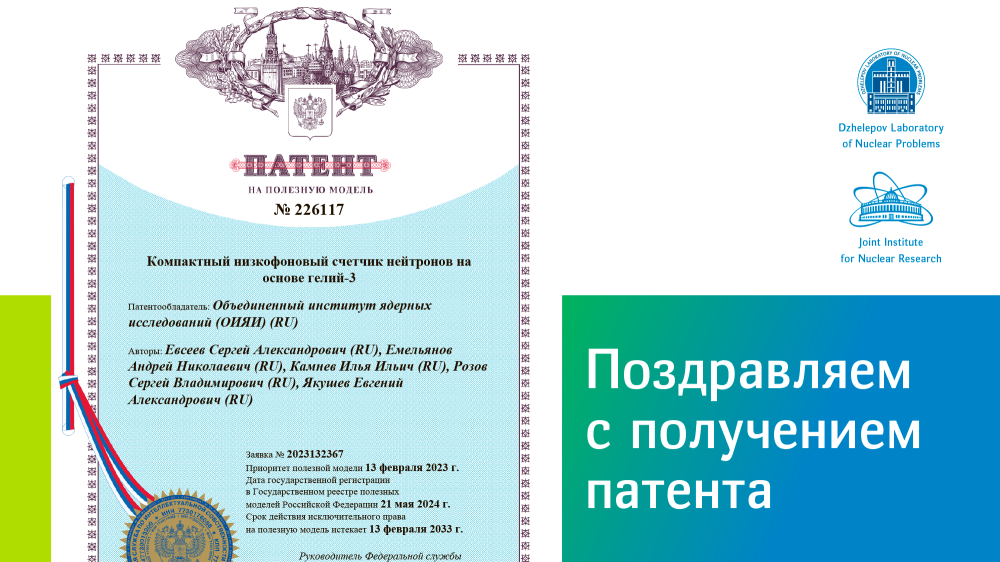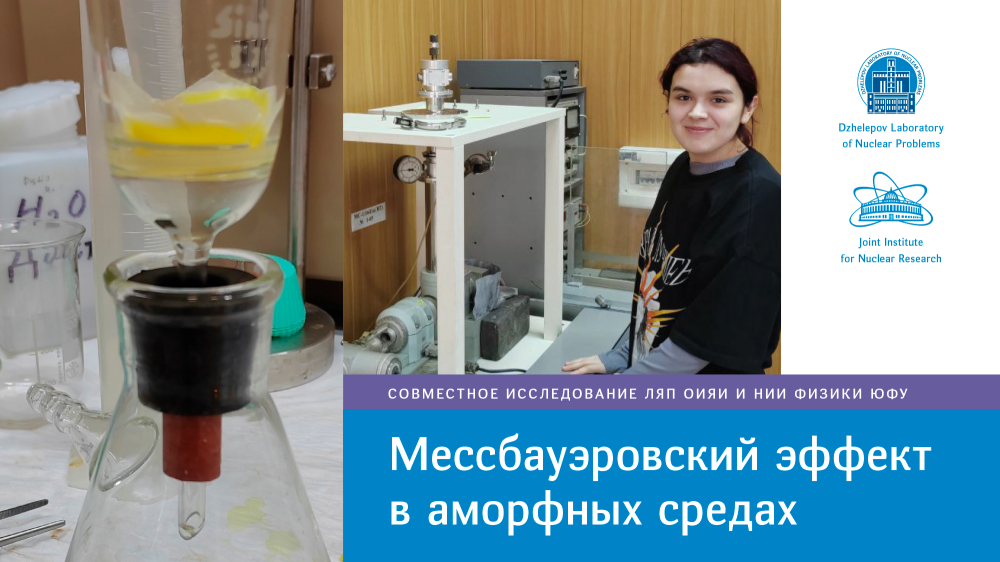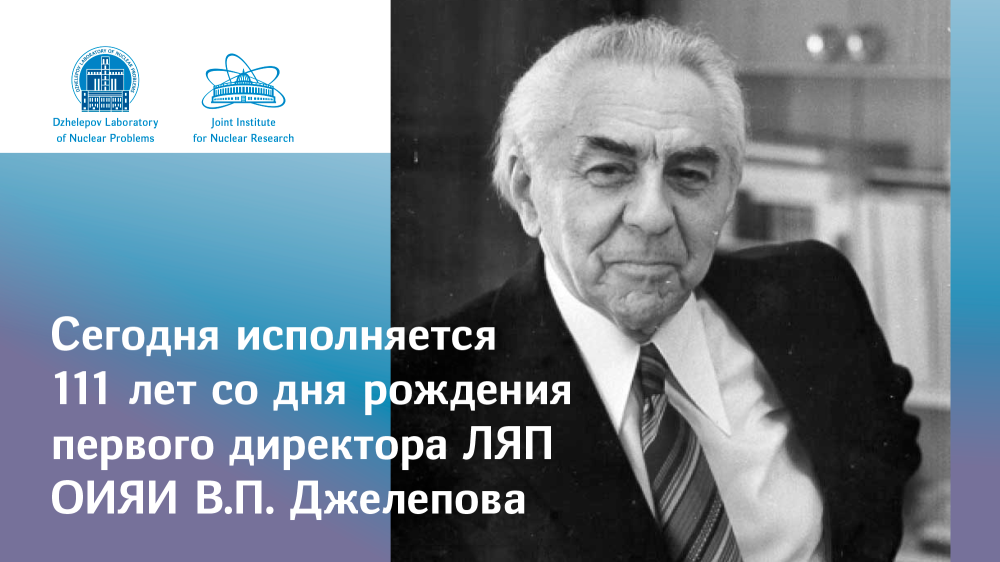One of Ten Researchers from the First Group of Scientists of Laboratory 2
On 14 August 1943, the Academician A. F. Ioffe issued Order No 86 for the Kazan group of the Leningrad Physicotechnical Institute (LPTI) on establishing Laboratory 2.
“Clause 1. To establish the laboratory with the following staff members: 1. I. V. Kurchatov 2. A. I. Alikhanov. 3. M. O. Kornfeld. 4. L. M. Nemenov 5. P. Ya. Glazunov. 6. S. Ya. Nikitin. 7. G. Ya. Shchepkin. 8. G. N. Flerov. 9. P. E. Spivak. 10. M. S. Kozodaev. 11. V. P. Dzhelepov.
Clause 3. To appoint the professor I. V. Kurchatov the Head of Laboratory 2.
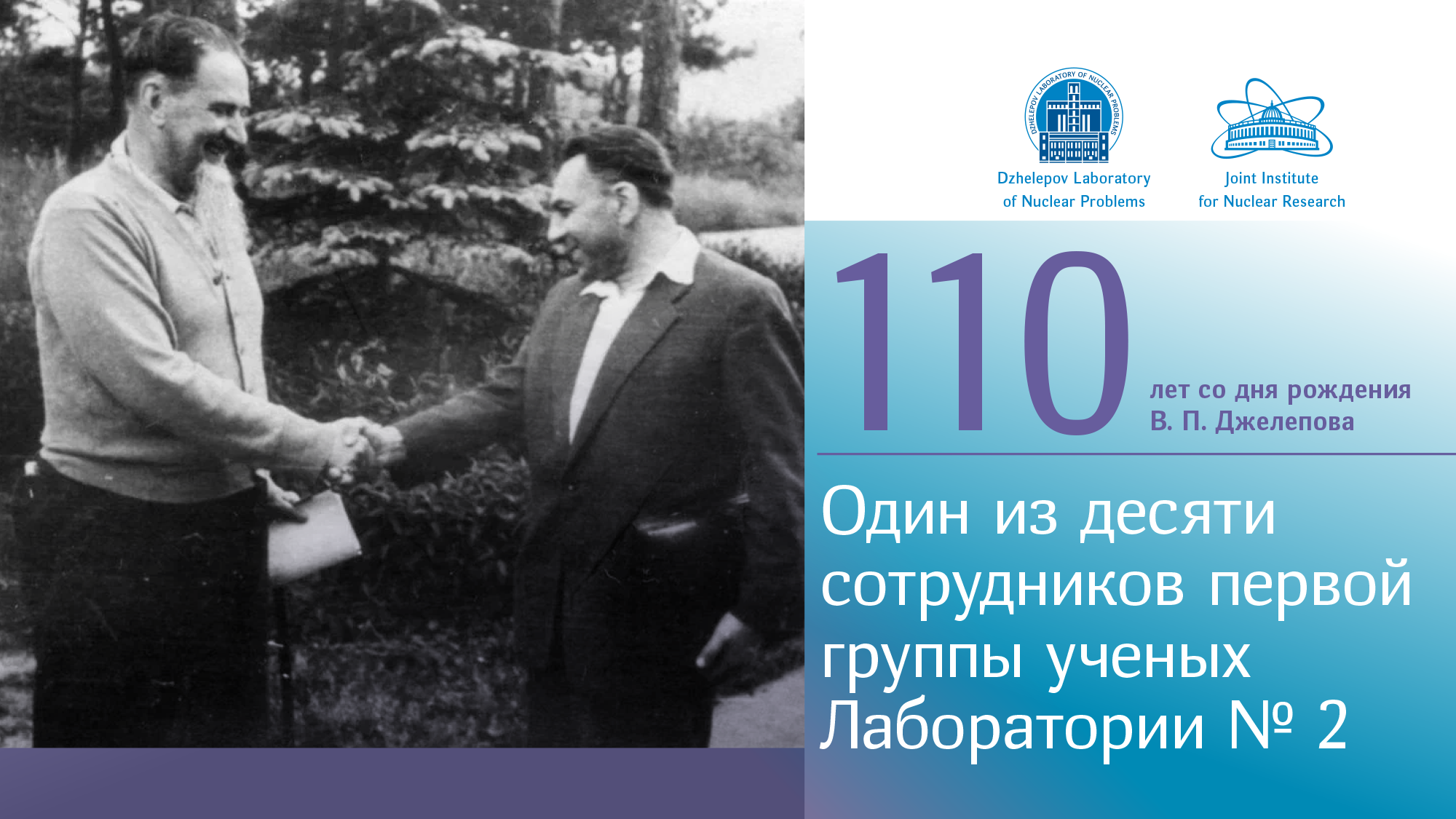
Clause 4. To consider all the laboratory staff transferred to Moscow to fill permanent positions”.*
This order of the LPTI Director A. F. Ioffe officially formed the team of Laboratory 2 which started working on the Nuclear Project of the USSR. Venedikt Petrovich Dzhelepov was one of the ten of its researchers under the guidance of I. V. Kurchatov.
The background to the story is this.
In 1932―1937, V. P. Dzhelepov studied at the Physical-Mechanical Faculty of the Leningrad Polytechnic Institute named after M. I. Kalinin. He wrote his diploma thesis under the guidance of A. I. Alikhanov, one of the founders of nuclear physics in the USSR. However, he could not defend it ― in 1937, after successfully passing exams for a post-graduate course, he was conscripted into the military service. In 1939, he resumed his scientific research after getting the position at the Laboratory of Cyclotrons of the Radium Institute headed by I. V. Kurchatov. Half a year later, V. I. Dzhelepov was mobilized for the Soviet―Finnish War.
In March 1941, after demobilization, Venedikt Petrovich started his career under the guidance of A. I. Alikhanov and I. V. Kurchatov at the Leningrad Physical-Technological Institute of the Academy of Sciences of the USSR. The scientific cooperation alongside I. V. Kurchatov shaped the further course of life of V. P. Dzhelepov.
Late in August 1941, the Institute was evacuated to Kazan where V. P. Dzhelepov developed a gun laying station at the Laboratory of Radiolocation.
“All of us, from directors to technicians, worked hard from morning till night. There were difficulties, we could not quickly find necessary components and materials. But we managed to overcome all this, and in November 1942, the radar was ready. In December, we ― N. Ya. Chernetsov, a technician and I ― placed the station in the freight railway car and went with a military train to Moscow. Since there was really cold in the car, we warmed ourselves with a kerosene stove, roughly violating in that way the train rules.
In mid-December, we sent the station to ground tests. The device came out well. This was one of the contributions of the phystech students to the defence of our country”.**
In August 1943, according to the order of A. F. Ioffe, V. P. Dzhelepov returned to Moscow and started working as a junior researcher at Laboratory 2. Later he was appointed deputy head of a laboratory sector.
On 13 August 1946, the Council of Ministers of the USSR signed the Decree “About the construction of a powerful cyclotron (M facility)”. On 25 April 1947, Scientific (“cyclotron”) Department 4 was established at Laboratory 2 in order to provide the scientific supervision of all the work on the phasotron. M. G. Mescheryakov became the science supervisor of work on the M facility, and V. P. Dzhelepov was assigned as his deputy.***
And the history of Dubna began...
** Из воспоминаний Джелепова Венедикта Петровича
*** История создания синхроциклотрона ОИЯИ (в документах и воспоминаниях)



